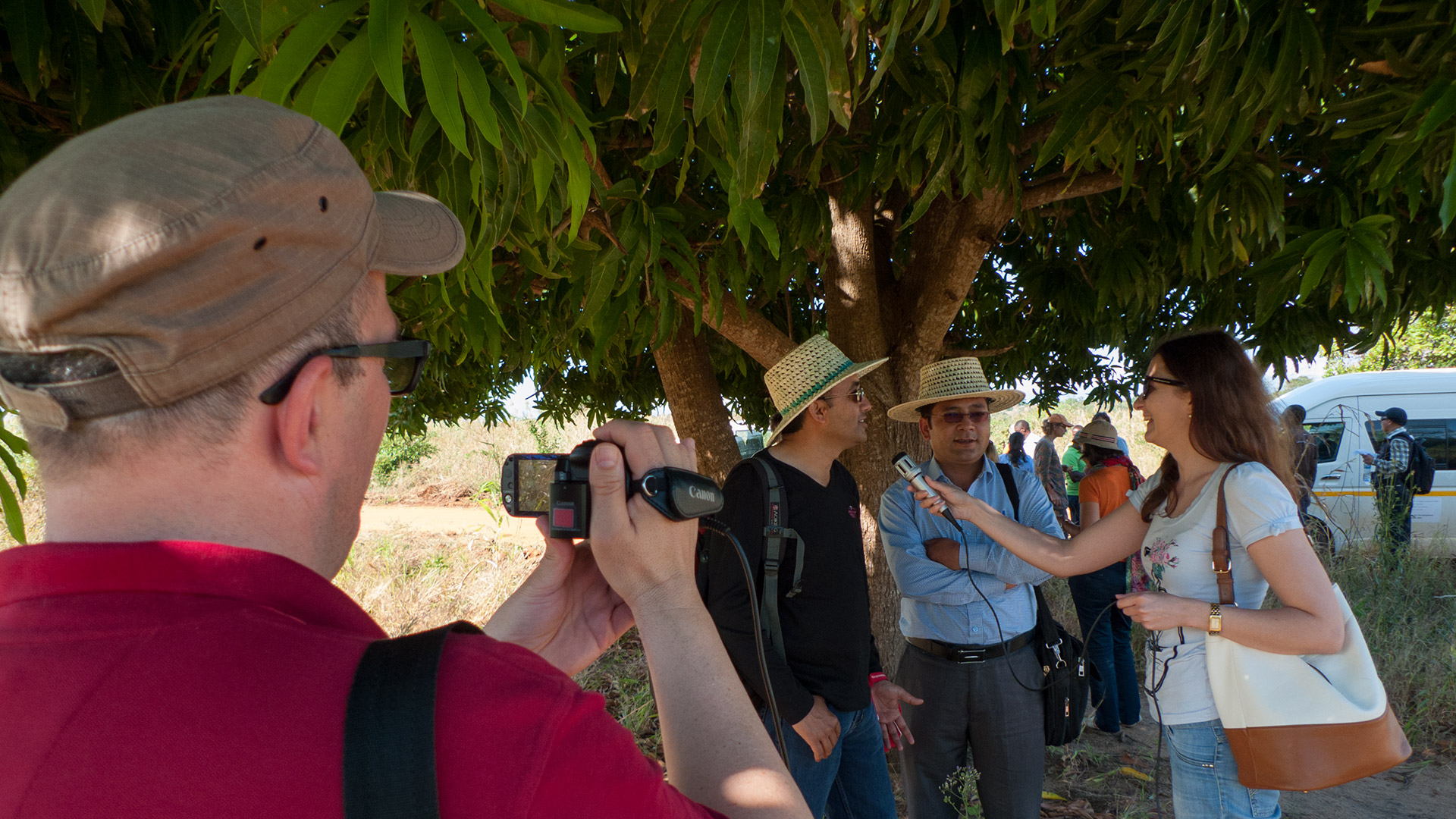Web based reports rule!
Client
Swiss Agency for Development and Cooperation SDC
Product
Videos, web page
Production
Concept SDC, dubbed perceptions
Text Erika Schläppi (Ximpulse)
Graphics Ehud Graf (artfactory)
Photos Benoit Meyer-Bisch (SDC)
Videosdubbed perceptions
Web presentation dubbed perceptions
2015
Web based reports in form of a blog are more accessible than traditional reports (text only). This is the latest example from the Swiss Agency for Development and Cooperation SDC: the global meeting of the Democratization, Decentralization and Local Governance Network.
Web reports are more widely circulated and read than any written report could achieve on its own. Let’s look at the statistics.
What the stats tell us
Already reading the name of the Network (the abbreviation is DDLGN) tells you that the topic discussed during the meeting is very specific, attracting only a small circle of experts and practitioners. The workshop was attended by 70 participants that work on this topic around the world. The usual way to disseminate the workshop results is to prepare a written report that is then sent to the participants. Most of them will send it to their superiors to report on what they were working on during the workshop. A few participants will send it to other practitioners they are in contact with, thus: 70+70+60=200 people will receive an email with the report attached. How many do really look at it? Probably 50%, since the report arrives at the best 3-4 weeks after the workshop’s end. How many will look at the blog?

These numbers have been achieved without special promotional effort on the web. It is a fact: If you know that your colleague is at this moment at the global meeting, you will visit the webpage to know what the workshop is discussing. Thus it is obvious that most views are generated during and right after the event (15-19 June).

Why are web reports more accessible?
Web based report is not just the report. It is a depository for all workshop documents. There is a reason why participants come back to this page: they find here everything that has been distributed or referred to during the workshop.
But the single most important fact is the human factor. Using photos and video and involving participants in sharing knowledge through videos gives the web report this extra fun factor so important in the process of learning.
dubbed perceptions would like to hear from you: have you been experimenting with online reporting? What is your experience?

